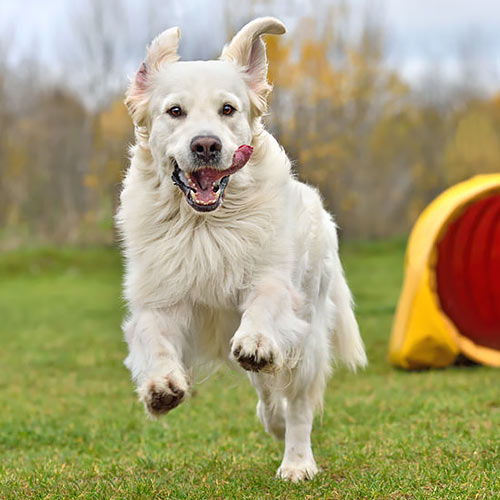A clicker can be a useful training tool, if used correctly. At one point, the clicker was thought of as a fad or gimmick. However, its usefulness and effectiveness have been proven. But, contrary to what some trainers proclaim, clicker training isn’t for everyone or for every dog.
The clicker is simply a device or tool used in training. It gives the dog a chance to figure things out and earn a reward. This is far better than punishing a dog for not obeying commands that haven’t yet been explained. In fact, with clicker training, there is no punishment involved at all. It is an excellent form of positive reinforcement training.
With some practice, clicker training can be used effectively efficiently by dog owners. Practice is key; both for the beginning trainer and the dog owner.
The clicker itself is a little noisemaker. In its early days, it was called a “cricket.” It is usually a small rectangle box (although it can come in many shapes) that holds a thin metal rectangle. When the metal strip is pushed and released, it makes a two-tone “click-click” sound. The cricket was used as a signal for soldiers in World War II.
shapes) that holds a thin metal rectangle. When the metal strip is pushed and released, it makes a two-tone “click-click” sound. The cricket was used as a signal for soldiers in World War II.
When using a clicker, the dog learns to associate the sound of the clicker with what they are doing at the split-second they hear the click. With your help, the dog already knows that the click means a reward is coming (called “charging” a clicker). Clicker training goes together with the use of rewards. The clicker itself means nothing to the dog until it is connected consistently with a reward. The dog becomes motivated to find out what makes his owner click and reward. This, of course, increases the dog’s focus upon you.
This is a type of training is called “marker” training. Clicker training’s strength is that is “marks” the behavior in a timely fashion. Other methods of marker training could include a verbal “yes” or “good dog” when the dog does as the owner/trainer desires. You are marking, or distinguishing, the behavior that you want the dog to continue. The timing of the marker can provide a huge boost in training effectiveness, if done correctly.
Timing is very important in clicker training, as well as in other forms of training. Clicking at the wrong time will lead to confusion in the dog and frustration in the owner/trainer. Giving a treat at the wrong time doesn’t work either. Another strength of clicker training is that it does have flexibility for trial and error. With a little training on the part of the owner, clicker training can be effective.
What are some advantages of clicker training? Well, for many people, it can be more accurate than verbal praise, the owner can work from a distance, it can help dogs who are easily distracted by food, and it encourages the dog to think on her own.
Disadvantages of clicker training may be that you must have a clicker with you every time the dog does something positive. This can be very frustrating on the part of the owner. Another disadvantage is that the clicker is very impersonal and cannot raise its tone when a dog does exceptionally well.
Clicker training will not be effective without rewards. People having trouble with clicker training usually have issues with the timing of the click/reward. People who are reluctant to praise the dog will wait too long or expect too much from their dog before providing a click. But with some practice, clicker training can be a useful tool for dogs and their humans.

